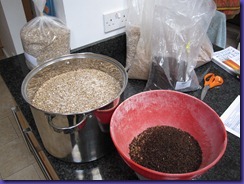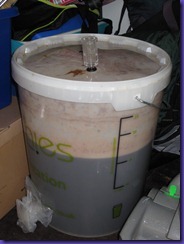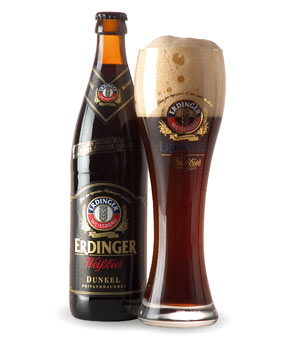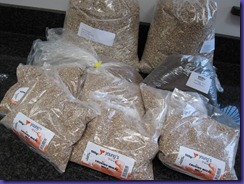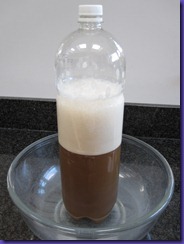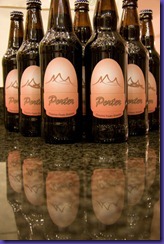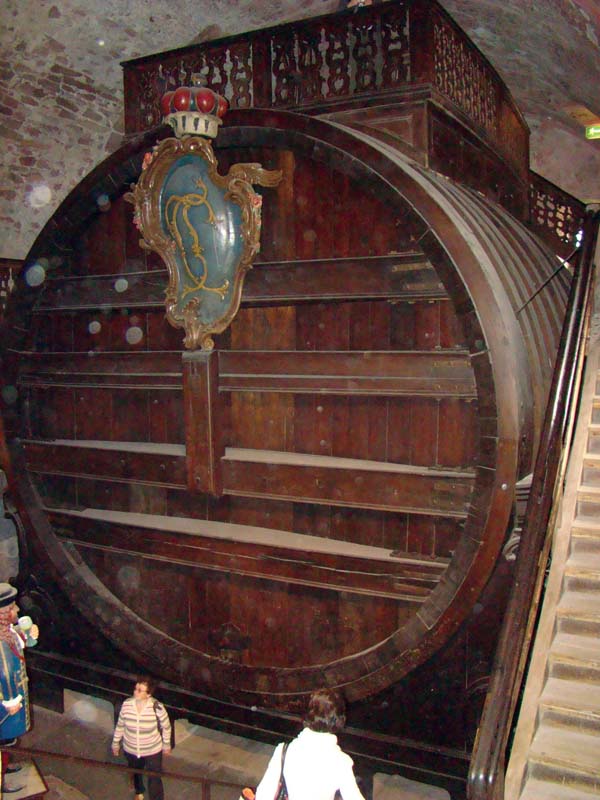This week we finally had a proper taste of the Munich Malt Experiment beer. I have to confess we were a bit taken aback – not exactly what we expected.
Munich malt is used in many continental beers, and (hence the name) is common in beers from Munich such as Bock and Märzen.
Our brew was made with two thirds Munich malt and one third English pale ale malt. We fermented with a British ale yeast. So arguably it was a bit of an oddity, because we essentially used the grains of a German lager but fermented warm with a British ale yeast.
I was expecting a rich, sweet, malty beer. We got that. What I wasn’t expecting was a strong aroma and taste of orange! It’s like it has been aged in Southern Comfort barrels! I’ve scoured the Intertubes looking for any comments on the flavour of Munich malt, and they all talk about giving a deep, rich malty character. No mention of orange!
I suspect that given this un-seasonally warm spell we were drinking it much warmer than we should. I might pop the barrel in the fridge and we can try it again at lager temperature.
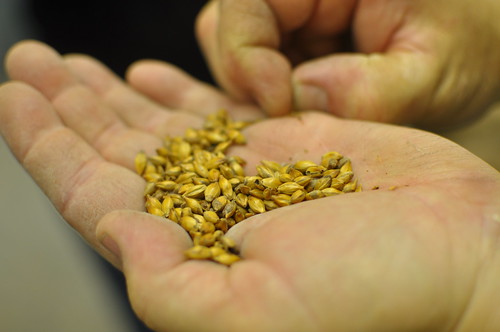
In other news, we put the Dunkelweizen into barrel this week. In Bavarian wheat beers you would expect a certain amount of fruity banana and cloves flavours – characteristic esters given off by the particular strain of yeast used. You have to use the right yeast, so we chose Wyeast 3056 Bavarian Wheat Blend. This should be used “when a subtle German style wheat beer is desired.” Compare this to Wyeast 3068 Weihenstephan Weizen, which gives “banana esters and clove phenolics”.
We fermented the beer in the understairs cupboard (to keep the temperature a little lower), and towards the end of the fermentation every time I opened the cupboard I got this unmistakeable waft of banana. A quick taste when we put it in the barrel confirmed – no shortage of the banana flavours. High hopes for this one – should be interesting.
This has certainly been a very fruity week.

